
Search myodfw.com
Showing 241 - 260 of 1542 results
Article
A beginner's guide to waterfowl hunting on Sauvie Island - hunting in the North Unit. Part 4 of a 5 part series.
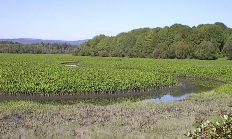
Article
A beginner's guide to waterfowl hunting on Sauvie Island - hunting for geese. Part 5 of a 5 part series.

Article
An introduction and overview map of bird hunting in the Columbia Basin. Part 1 of a 4 part series of articles.

Article
State Wildlife Areas available for bird hunting in the Columbia Basin. Part 2 of a 4 part series of articles.

Article
Federal wildlife refuges available for bird hunting in the Columbia Basin. Part 3 of a 4 part series of articles.

Article
Learn about private lands granting public access to bird hunting in the Columbia Basin. Part 4 of a 4 part series of articles.

Article
Get your permit to hunt goose in the northwest corner of Oregon- part of the Pacific Flyway for migrating waterfowl.
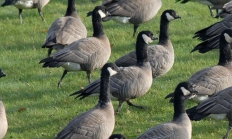
Landing page
Find maps, boundary descriptions and the percent public land for the Columbia Basin Unit.
September 05, 2017
Article
ODFW’s Premium Hunts give any hunter a chance to draw an additional deer, elk or pronghorn tag with a months-long season.
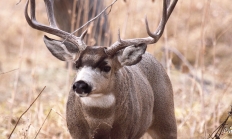
Article
Steps for getting a duplicate hunter education card.

Article
Begun in 2014, the Tag Team Program helps ODFW fish biologists better understand the effectiveness of stocking efforts. It’s also a chance for anglers to participate in fishery management and, perhaps, come away with up to $50.
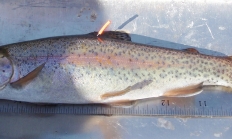
Article
There are several ways to begin your fishing journey – you can join a friend or family member on their fishing trip, you can attend a free ODFW fishing event, or you can strike out on your own (don’t worry, you can do this). In this article you'll find out what gear you need and where to go fishing in Oregon, along with a few basics of the sport.

Article
The Oregon Disabilities Hunting and Fishing Permit is not a license or tag. Hunters must still obtain a hunting and/or fishing license and purchase appropriate tags.
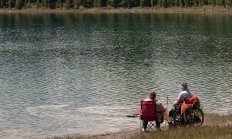
Landing page
Not sure what to do with a fishing rod even if you had one? Thought about hunting but getting started seems like an impossible task? Then let us help you. During ODFW's hands-on workshops and family fishing events we will provide the instruction and gear you'll need to actually catch a fish or shoot a pheasant. Other classes will help you navigate the controlled hunt process, or show you what equipment you'll need to hunt or fish.
March 12, 2024

Article
This newsletter provides a summary of Oregon's 2023 sport bottomfish fishery.
March 26, 2024

Article
The purpose of this project is to help us understand the impacts roads have on Oregon's wildlife, and to identify roadkill hot spots and vulnerabilities among different wildlife species. This information can help make roadways safer and reduce wildlife-vehicle collisions.
Landing page
Find maps, boundary descriptions and the percent public land for the Catherine Creek Unit.
September 05, 2017
Article
Spring bear is the first big game hunt of the season. Here's a look at what hunters can expect in 2024.
March 28, 2024

Article
Harvest and effort data can help you identify promising places to hunt. This page includes maps showing harvest, hunter days, birds per hunter, and percent of birds harvested on public land.
April 10, 0024

Article
ODFW biologists share the latest updates for wild turkey hunting in their local district, as well as tips and tactics for bagging a bird. Report a banded turkey
March 25, 2025

